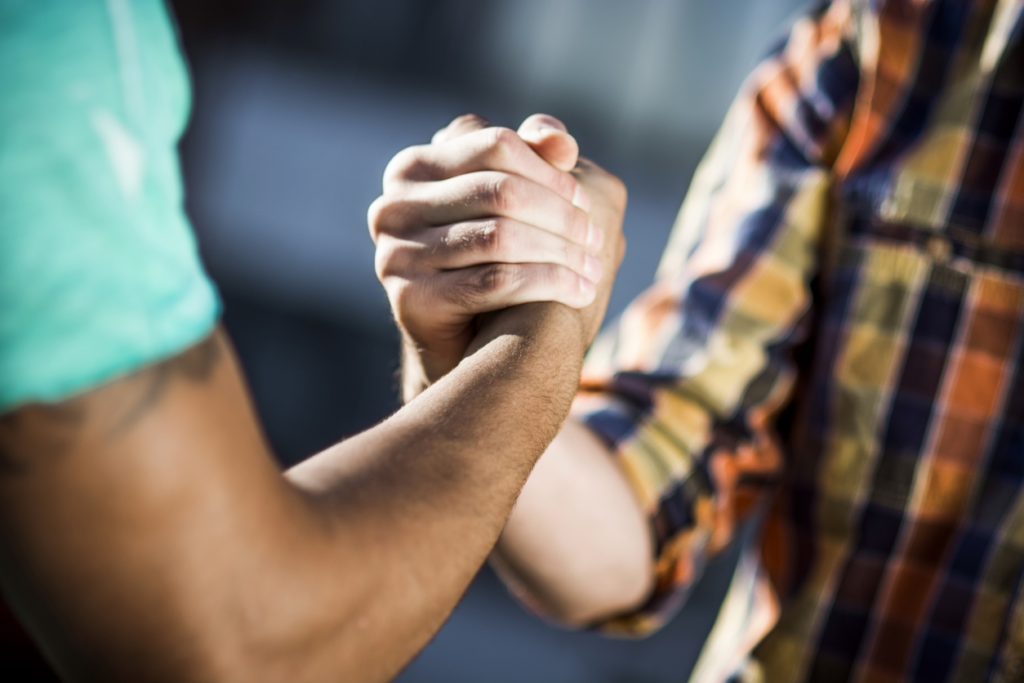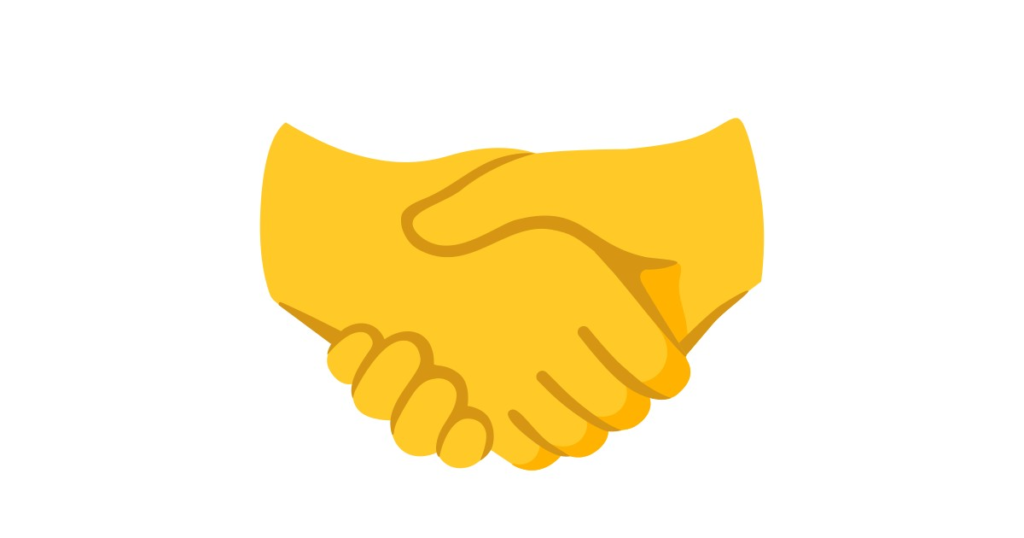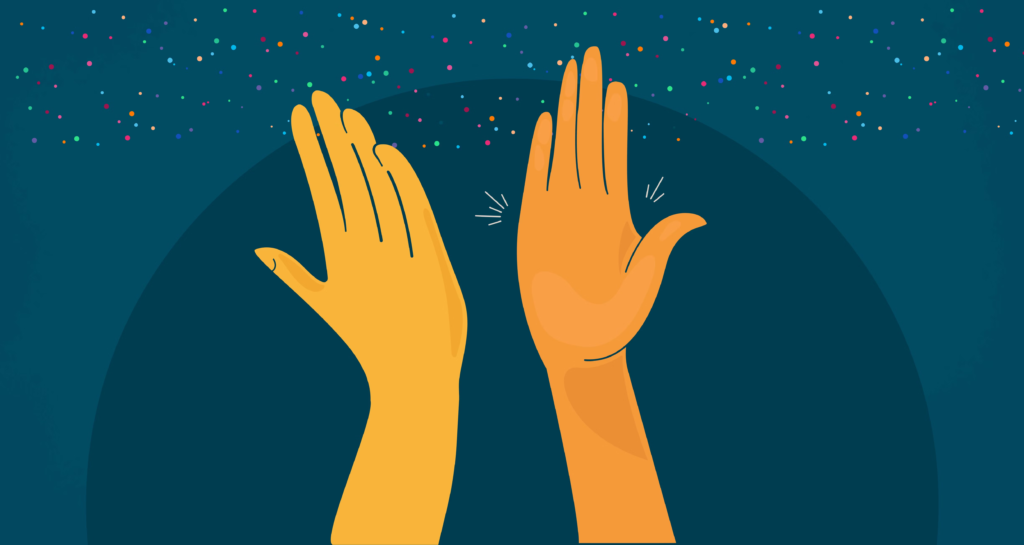
The History of the Handshake: Fist Bumps, High Fives, and More
The handshake is a universal gesture of greeting, agreement, and camaraderie that has evolved over centuries. Its origins are ancient, but it has spawned numerous variations, including the fist bump, high five, and other famous and interesting “bro” handshakes. This blog explores the history and cultural significance of these gestures, tracing their evolution and impact on social interactions.
The Classic Handshake: Origins and Evolution
The handshake, a simple act of grasping hands and shaking, has been a part of human interaction for millennia. Its origins are somewhat obscure, but historians and anthropologists believe it dates back to ancient civilizations.
Ancient Beginnings
- Mesopotamia and Egypt: Some of the earliest depictions of handshakes come from Mesopotamian artifacts and Egyptian hieroglyphs. These images often show individuals clasping hands as a sign of mutual respect and agreement. In ancient Egypt, the handshake was sometimes used to seal business deals and treaties.
- Greece and Rome: The Greeks and Romans also embraced the handshake. In ancient Greece, the gesture was known as “dexiosis,” and it symbolized peace and trust. Roman soldiers would shake hands to ensure that neither party was concealing a weapon, highlighting the handshake’s role in building trust.
Medieval Europe
During the medieval period, the handshake continued to be a symbol of trust and agreement. Knights would clasp each other’s forearms, a gesture known as the “Roman salute,” to show that they were not armed. This practice reinforced the handshake’s association with peace and mutual respect.
Modern Era
In the modern era, the handshake has become a ubiquitous form of greeting and agreement across cultures. It is used in various contexts, from business meetings to social gatherings, and has been formalized in many cultures as a standard gesture of politeness and professionalism.
The Fist Bump: A Modern Twist
The fist bump is a relatively recent addition to the repertoire of hand gestures, but it has quickly become a popular and widely recognized form of greeting.
Origins
The exact origins of the fist bump are unclear, but it is believed to have emerged in the 1970s and 1980s. There are several theories about its origins:
- Sports: Some historians trace the fist bump back to basketball players in the 1970s, who used it as a celebratory gesture. It was seen as a less formal alternative to the handshake, allowing players to quickly acknowledge each other without interrupting the flow of the game.
- Boxing: Another theory suggests that the fist bump originated in boxing, where fighters would touch gloves before a match as a sign of respect.
Popularization
The fist bump gained widespread popularity in the 2000s, thanks in part to its adoption by celebrities, athletes, and politicians. One notable moment was when President Barack Obama and First Lady Michelle Obama exchanged a fist bump during the 2008 presidential campaign, bringing the gesture into the mainstream spotlight.
Cultural Significance
The fist bump is often seen as a more casual and hygienic alternative to the handshake. It has been embraced for its simplicity and ease, particularly in environments where hand hygiene is a concern. During the COVID-19 pandemic, the fist bump became even more popular as people sought alternatives to traditional handshakes to minimize physical contact.
The High Five: A Gesture of Celebration
The high five is another popular hand gesture that has become synonymous with celebration and camaraderie. Its history, while not as ancient as the handshake, is equally fascinating.
Origins
The origins of the high five can be traced back to the late 20th century, with two popular origin stories:
- Baseball: One widely accepted story attributes the invention of the high five to a moment in 1977 during a baseball game between the Los Angeles Dodgers and the Houston Astros. Dodgers player Dusty Baker hit a home run, and as he returned to the dugout, his teammate Glenn Burke raised his hand in celebration. Baker, not knowing what to do, instinctively slapped Burke’s hand, thus creating the first high five.
- Basketball: Another origin story points to the University of Louisville basketball team in the late 1970s. Players Wiley Brown and Derek Smith are credited with popularizing the high five during games as a way to celebrate their achievements on the court.
Cultural Impact
The high five quickly spread beyond sports and became a universal symbol of celebration and camaraderie. It is now used in various contexts, from sporting events to casual social interactions, as a way to express joy, success, and mutual support.
Other Famous and Interesting Handshakes
In addition to the classic handshake, fist bump, and high five, there are several other handshakes and gestures that have gained fame and cultural significance.

The Dap
The dap is a complex handshake that originated in African American communities during the 1960s. It involves a series of intricate hand movements, often including claps, snaps, and other gestures. The dap emerged as a symbol of unity and solidarity during the Civil Rights Movement and the Vietnam War, where African American soldiers used it as a form of greeting and mutual support.

The Secret Handshake
Secret handshakes are often associated with exclusive groups, societies, and fraternities. These handshakes typically involve a series of specific movements known only to members of the group. Secret handshakes serve as a way to identify and bond with fellow members, reinforcing the sense of exclusivity and camaraderie within the group.

The “Bro” Handshake
The “bro” handshake is a versatile and informal greeting that has become popular among friends, particularly young men. It often starts with a traditional handshake but quickly transitions into a series of personalized movements, such as fist bumps, finger snaps, and shoulder bumps. The bro handshake allows friends to create their own unique greeting, reflecting their personalities and the nature of their relationship.

The Vulcan Salute
While not a traditional handshake, the Vulcan salute deserves mention for its cultural significance. Made famous by the Star Trek character Spock, the Vulcan salute involves raising the hand with the palm facing out and the fingers split into a V shape. The gesture, accompanied by the phrase “Live long and prosper,” has become an iconic symbol of the Star Trek franchise and a gesture of goodwill and peace.
The Evolution of Handshakes in the Digital Age
As society becomes increasingly digital, the way we greet and interact with one another is evolving. Virtual meetings and remote interactions have led to the development of new forms of digital greetings, such as emoji handshakes and virtual high fives. These digital gestures aim to replicate the sense of connection and camaraderie traditionally conveyed through physical handshakes.

Emoji Handshakes
With the rise of digital communication, emojis have become a popular way to express emotions and gestures. The handshake emoji (🤝) and high five emoji (🙌) are commonly used in text messages and social media to convey greetings, congratulations, and mutual support.

Virtual High Fives
Virtual high fives are often used in online gaming and virtual meetings to celebrate achievements and foster a sense of camaraderie. These digital gestures help bridge the gap between physical and virtual interactions, allowing people to connect and celebrate despite physical distance.
Conclusion
The handshake, in all its forms, is a powerful symbol of human connection, trust, and camaraderie. From the ancient handshakes of Mesopotamia and Rome to the modern fist bumps and high fives, these gestures have evolved to reflect the changing nature of social interactions. Each variation, whether a casual bro handshake or a celebratory high five, carries its own cultural significance and meaning.
As society continues to evolve and adapt to new forms of communication, the handshake and its variations will undoubtedly continue to play a crucial role in how we connect with one another. Whether in person or in the digital realm, these gestures remind us of the importance of human connection and the enduring power of a simple, friendly gesture.
0 Comments